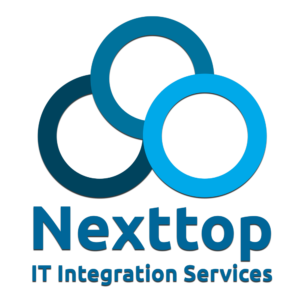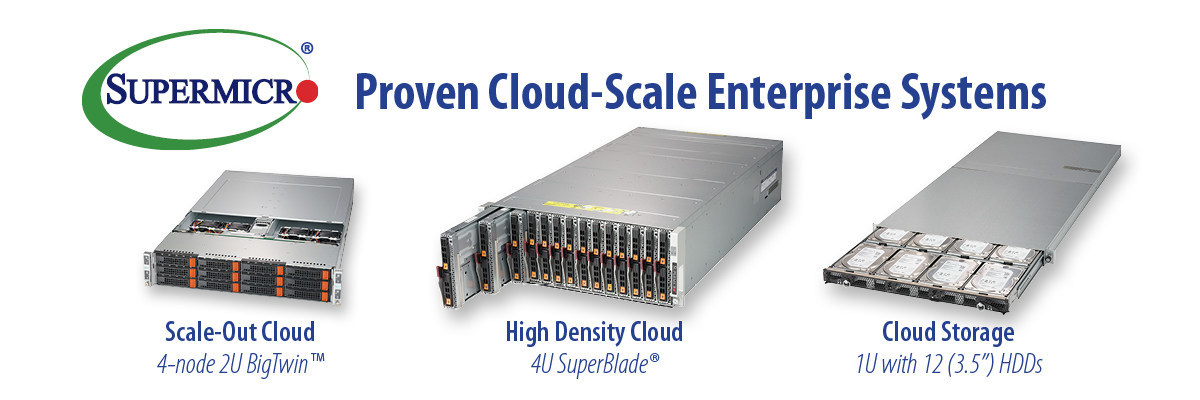Cloud migration best practices: Preparing for change

When the moment comes that you decide it’s time to move your business to the cloud: rejoice! As my favorite Jedi Master Obi-Wan Kenobi once said, “You’ve just taken your first step into a larger world.”
Your deciding factor to make the move might have been any number of things:
- Cost
- Need for growth
- Flexibility
- Keeping up the competition
- Security
- Productivity
But adapting your business for success in the cloud isn’t the easiest nut to crack. Some might think of it the way they would about moving from an old house to a new one: cram everything into a box, make the move, unload in your new digs, and enjoy.
While that last part will likely come true once you’ve made a successful transition to hosting your business in the cloud computing environment, the pre-move decisions are the ones that can really make it a pleasant transition or an unmitigated disaster. Here are five strategies to employ to get your business ready for the big day when you go digital for good.
Do your homework
My father researches automobiles for a minimum of one year before buying a new one. He’ll read every safety report and review out there, start compiling a shortlist, compare prices throughout the year at various dealerships and ones in other cities and pick the brain of 50 different people before he even sets foot on a showroom floor. By the time he’s in the sales office, he’s the one telling them exactly how much money he’s willing to pay and what features he wants for that price.
You need that same level of commitment when you’re seeking out a new home for your business infrastructure, data and website. The really sobering thought here is that picking the wrong vendor here isn’t like making a bad choice on who to have supply your bottled water. If you mess up, it’ll take a whole lot of extra work to undo your mistakes and move on to the next provider.
Have a strategy
Yes, your plan is to move your business into a cloud computing environment, but this is no less complex a procedure than physically moving your office from one brick-and-mortar location to another. What is the most important thing you want to get out of moving to the cloud? You have to define that singularity to know how to go forward.
If you’re getting ready for an expansion, get your staff up and running on your new infrastructure as a service (IaaS) seems like the priority so the transition is seamless when your company grows. If you’ve run out of room to store data, get the next servers set up in the cloud first so you can automatically load new data there, then begin the migration process for everything else. Realize that this is not just a lateral move, but a chance to rapidly improve on your existing business model. That doesn’t just mean finally deleting your family vacation photos off the server, but giving you a real chance to enhance your company’s workflow by organizing everything to maximize productivity.
Changing IT providers
Breaking up is hard to do, and that is doubly true when the relationship you’re going to be ending is with your IT provider – assuming it’s not an in-house position. Unless you’re a tech junkie yourself, there’s something a little unnerving about telling the only men and women who know your company’s servers and networks inside and out that their services are no longer required. This is a particularly prickly subject if you have questions or need guidance about how to access certain parts of your network or are struggling to make the transition.
More likely than not, your new IT team in the cloud is going to only be available remotely to assist you, and while they are usually terrific professionals, you will be without your trusty IT sidekick for a while. A smart way around this dilemma is to be open and honest with your IT provider about what is transpiring. You’re paying them anyway, so consider making that final invoice include the IT provider giving you a complete map of everything on your server as well as remaining “on call” during your transition to help with any bottlenecks you may encounter along the way.
Legacy systems to cloud applications
How many of us have had a love/hate relationship with a particular software application? I once worked at a chemical news website that had a system for reporters to file their stories that must have dated back to the Stone Age. One French reporter had misspelled her own name about 20 times in the ‘Author’ listing, but every single instance came up when you tried to attach her byline to the web version of the article. This might be the most bitter pill for a lot of older companies and employees to accept: some of your comfortable long-term programs are not going to be able to make the move with you; particularly those that are systems of record, as the older ones rely greatly on physical documents. The government is to blame (aren’t they always?) for a lot of this. Legacy systems installed by the government never even had a web environment in mind, to say nothing of the cloud. The solution for a lot of companies is a hybrid cloud environment that combines the traditional aspects of a public cloud – IaaS, software as a service (SaaS) and desktop as a service (DaaS) – with aspects of a private cloud built specifically for your company.
Say you have oodles of data that can’t be converted to a new software but can be stored as image files. This could lead to a private cloud setup where the images files are stored until such time as they can be converted to the new cloud application. There are often lots of man-hours involved in a conversion like this, but the end result is the data secured and saved in perpetuity in a format that is easily accessible from anywhere on any device.
Have a little faith
Even those of us who have known the Internet our entire professional lives can get a bit antsy at the idea of pulling the plug on our databases, server rooms and so on in favor of trusting the all-encompassing cloud to be the new backbone of our organization. I think the primal fear exists for many of us that we’ll turn on the computer, log onto our spot in the cloud and be faced with a white screen; all of our information vanished forever.
Thankfully, cloud computing doesn’t work that way. Apprehension is always a factor to overcome when dealing with new technology in the workplace, but when you’ve crossed that barrier, you’ll absolutely love the result. Being able to do your work faster with unlimited collaboration and the ability to log on to your company server from anywhere in the world is a remarkable benefit for your small leap of faith.
Source: By Marty Puranik / cloudcomputing-news.net/news




